The ancient Chinese guqin, a seven-stringed zither with a history spanning over three millennia, is not merely an instrument but a vessel of cultural wisdom. Among its many mysteries, the vibration decay characteristics of its silk strings stand as a testament to both material ingenuity and acoustic philosophy. Unlike modern metal or nylon strings, silk possesses a unique organic complexity that shapes every note into a living entity—breathing, fading, and resonating in ways that defy Western linear acoustics.
When a guqin string is plucked, the initial attack is sharp yet delicate, like a drop of ink dissolving in water. The silk fibers, woven from the cocoons of silkworms cultivated on mulberry leaves, create a vibration pattern that decays asymmetrically. High frequencies dissipate rapidly, leaving behind mid-range harmonics that linger like echoes in a bamboo forest. This nonlinear decay curve gives the guqin its signature "old" quality—a sound that seems to emerge from the earth itself rather than being manufactured by human hands.
The physics behind this phenomenon reveals astonishing sophistication. Microscopic analysis shows that silk strings exhibit what contemporary material scientists call "viscoelastic hysteresis." Each fiber acts as a bundle of nanoscale springs that absorb and release energy at varying rates. When subjected to Fourier transform analysis, the decay curve resembles the sloping ridges of a mountain range—unpredictable yet harmonious. This stands in stark contrast to the exponential decay patterns of metal strings, which follow rigid mathematical predictability.
Historical records from the Tang Dynasty treatise "Qinshu Daquan" describe how masters would age their strings for decades, allowing natural oxidation to alter the molecular structure. The patina formed by time—not unlike the oxidation of vintage violins—created what players called "the dragon's whisper," a subharmonic resonance that emerges only during the final third of the decay cycle. Modern attempts to replicate this with synthetic materials consistently fail to capture the psychoacoustic effect where listeners perceive the sound as continuing even after measurable vibrations cease.
In the Song Dynasty, craftsmen developed a technique of twisting strings with varying tension gradients along their length. This intentional imperfection—heresy in Western luthiery—created what we now identify as fractal decay patterns. When plotted on a spectrogram, the energy distribution resembles the branching patterns of plum blossoms. The cultural implication is profound: the Chinese aesthetic tradition values the beauty of natural irregularity (ziran) over mechanical precision.
Contemporary research at the China Conservatory of Music has uncovered even deeper layers. High-speed cameras capturing silk string vibrations at 100,000 frames per second reveal that the fibers don't merely vibrate transversely (up and down) but undergo helical torsion. This corkscrew motion generates infrasonic frequencies below 20 Hz, which are felt more than heard. These vibrations align with the body's meridian system when the guqin is played in traditional "meditation posture," suggesting the instrument was designed for bioenergetic resonance as much as musical expression.
The decay curve also varies dramatically with humidity—a feature that frustrated 18th-century Jesuit missionaries attempting to study the instrument. On rainy days, absorbed moisture causes the silk fibers to swell, extending the sustain period by up to 40%. This environmental responsiveness means no two performances share identical acoustic properties, fulfilling the Daoist principle of constant transformation. Modern preservationists now store antique silk strings in climate-controlled vaults, inadvertently freezing their decay characteristics in time—a paradoxical act that some traditionalists argue destroys the strings' soul.
Perhaps most remarkably, the vibration patterns correlate with ancient music theory. The "Sanfen Sunyi" tuning method creates intervals where decaying overtones naturally resolve into pentatonic modes. As the fundamental frequency fades, the remaining harmonics spontaneously arrange themselves into the notes of the gong and shang positions—an acoustic embodiment of the Confucian ideal where chaos naturally orders itself. This self-organizing acoustic behavior predates Western equal temperament by two thousand years.
In an era dominated by digital sound synthesis, the guqin's silk strings remain unconquered territory. The most advanced physical modeling algorithms still cannot replicate the moment when a vibrating silk string transitions from audible sound to tactile resonance—that liminal space where music becomes meditation. As researchers continue mapping these decay curves, they're not merely analyzing an instrument but deciphering an ancient sonic philosophy encoded in strands of protein spun by silkworms.

By /May 30, 2025
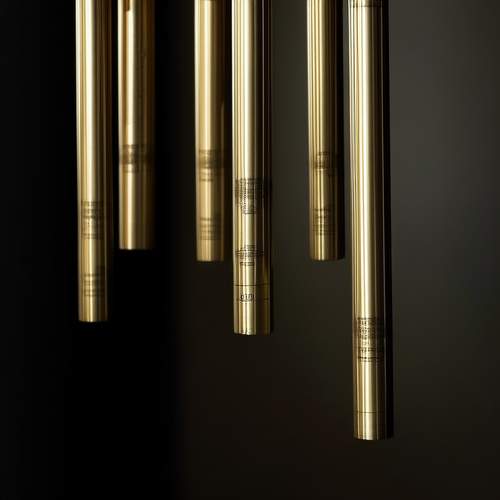
By /May 30, 2025
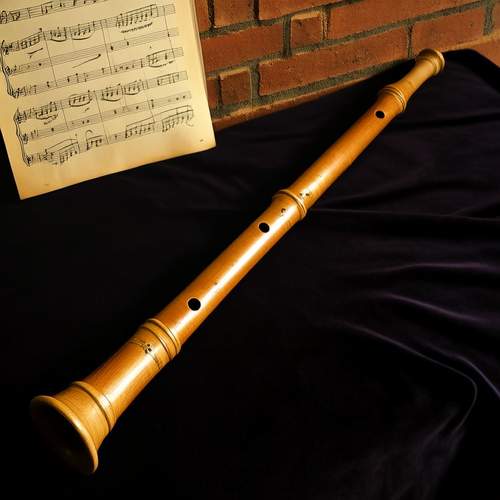
By /May 30, 2025
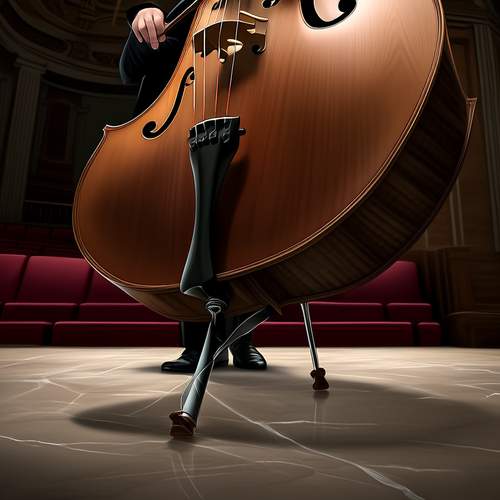
By /May 30, 2025
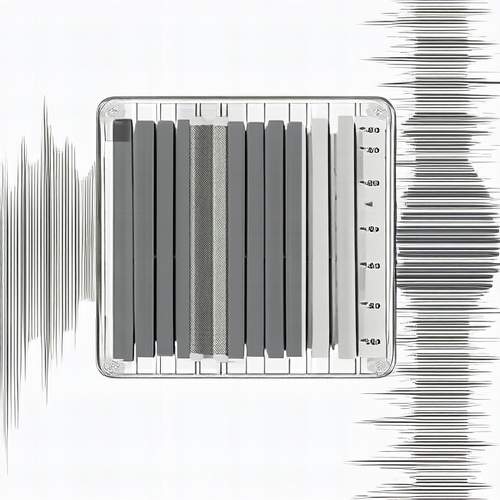
By /May 30, 2025

By /May 30, 2025

By /May 30, 2025

By /May 30, 2025
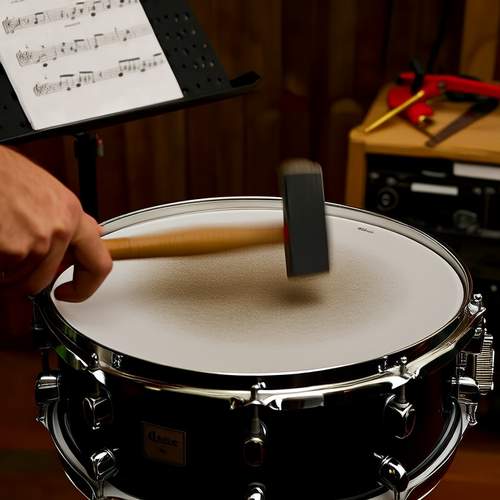
By /May 30, 2025

By /May 30, 2025

By /May 30, 2025

By /May 30, 2025

By /May 30, 2025

By /May 30, 2025
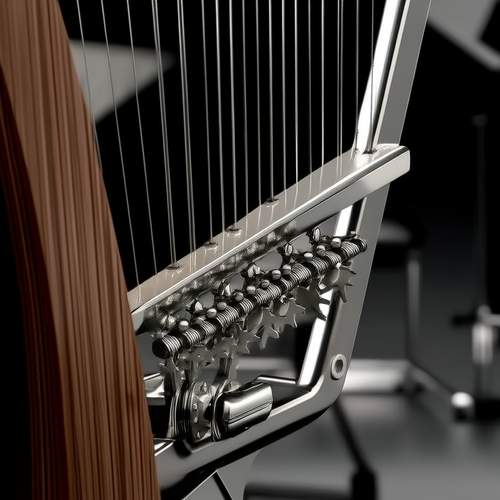
By /May 30, 2025

By /May 30, 2025

By /May 30, 2025

By /May 30, 2025

By /May 30, 2025
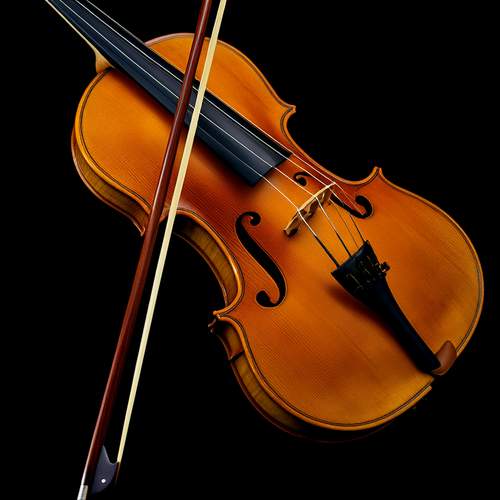
By /May 30, 2025